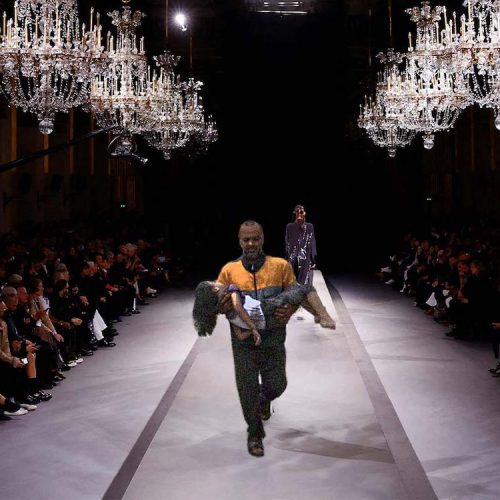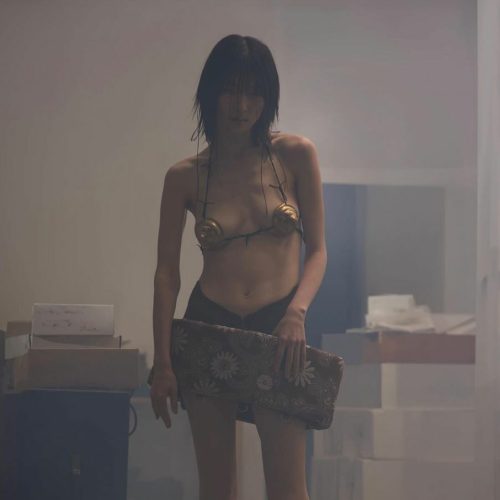Following the early days of Israeli occupation, Shady Al Hady’s father made his way to the Gulf and eventually settled in Kuwait, where the young El Hady was born alongside his younger brother Basil. Growing up, the two watched Kuwait City’s redevelopment and spent their early years playing in the streets of the oil-driven urbanity.
For reasons unknown to both siblings, the Al Hadys leant towards the creative industries. With Basil (who goes by the moniker Karrouhat) going on to become a musician, and Shady taking on graphic design and animation.
At 18-years-old, Shady moved to Jordan, where he began studying design. “That’s when I realised I had a keen interest in visual language”, he says. “I fell in love with its power as a form of expression, and its ability to convey information so eloquently”.
Having spent six years in the Levant, Al Hady made his way back to his adopted home of Kuwait. Today, the 31-year-old puts all his energy in to his craft, creating animations reflective of his numerous cultures and identities—with the end result leaving you wondering what goes on inside his head.
To get a better idea of his train of thought, we caught up with the animator to talk about the things that inspire him, his process, and how he’s honing his craft.
Where does your inspiration come from?
My experience with animation began after I studied the development of the eye and the senses, and how they work together to create a visual product. Most of the time, for example, when I’m making a poster, I imagine all of its different elements moving together in constant motion– or when I’m working on a logo, I think about the developmental stages of a plant, growing and growing.
Your work always seems to tie into some aspect of culture. Why is that?
There is no doubt that the ocean, region and nature are one of the most important elements that influence our ways of expression, in terms of colours, shapes, vocabulary, meanings and feelings that are associated with each element.
But I think I have always believed in preserving past culture and linking it with present culture and my work is in essence the evolutionary movement of the two together, and a visual presentation of an extended understanding of the relationship between the past and the present and how they function together.
What are some challenges that come with being a creative in the Middle East?
One of the biggest challenges for creatives in the Middle East is that it takes people a very long time to accept everything that’s new, and that there is a lack of desire to be exposed to something new – it’s almost like people have a fear of the unknown.
In your words, what does it mean to be an artist?
Being an artist means that you are conscious and aware that you are an effective element in creating the relations between ideas, people, and generations.
What can we expect from you in the future? Any exciting new projects?
I learned how to animate on my own. And I use stop-motion, so my style is quite dated now. So now I’m in the process of looking for a school to actually study the art academically and get to a point where I can confidently prepare for a show.









